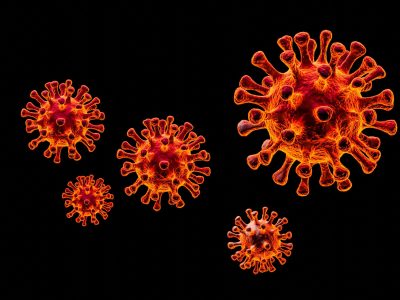Bird Flu Transmission from Animals to People is Very 'Worrisome'
The H5N1 virus – also known as bird flu – is being blamed for rising egg prices, the death of a Louisiana man and the infection of more than 60 workers that were in close contact with infected dairy cattle or poultry. According to the USDA, nearly 11 million birds have been affected by the highly pathogenic avian influenza (HPAI) since mid-December.

Robert Wilson is an associate professor in the Geography and the Environment Department at Syracuse University. His expertise area includes how animals interact with society and humans.
He is available for interview and his comments below can be quoted directly.
Professor Wilson says:
“This month, a man in Louisiana died from bird flu (H5N1), which he probably got from exposure to wild birds or chickens in his backyard. And in recent months dairy workers have been sickened by the virus. While H5N1 is not yet spreading from person to person, the continued transmission of the virus from animals to people is very worrisome.
“The U.S. raises billions of animals a year, and the virus has travelled quickly among the nation’s chickens, pigs, and dairy cows. In the U.S., each year we raise and slaughter nine billion broiler chickens—the sort of chickens that people eat. At any one time, hundreds of millions of hens are laying eggs. H5N1 has infected many of these birds, leading egg and poultry producers to cull the chickens in an attempt to limit the virus spread. Even so, other domestic animals, such as pigs and dairy cows, are now infected as well.
“Many of these animals are raised in factory-like conditions where they are st■ close together. In such cramped quarters, viruses can spread easily among the animals and increase the chance of a zoonotic spillover of H5N1 from animals to humans.
“Animal right activists have highlighted the terrible living conditions endured by chickens, pigs, and cows raised under industrial agriculture. But the way we treat these animals places us all at risk. We have, in effect, created incubators for the birth of new, more virulent pathogens while detaining animals in spaces that make virus outbreaks nearly inevitable.
“To protect ourselves, we need to alter the way we raise animals in our modern food system.”
To request interviews or get more information:
Daryl Lovell
Associate Director of Media Relations
Division of Communications
M 315.380.0206
dalovell@syr.edu | @DarylLovell
news.syr.edu | syracuse.edu
Syracuse University
